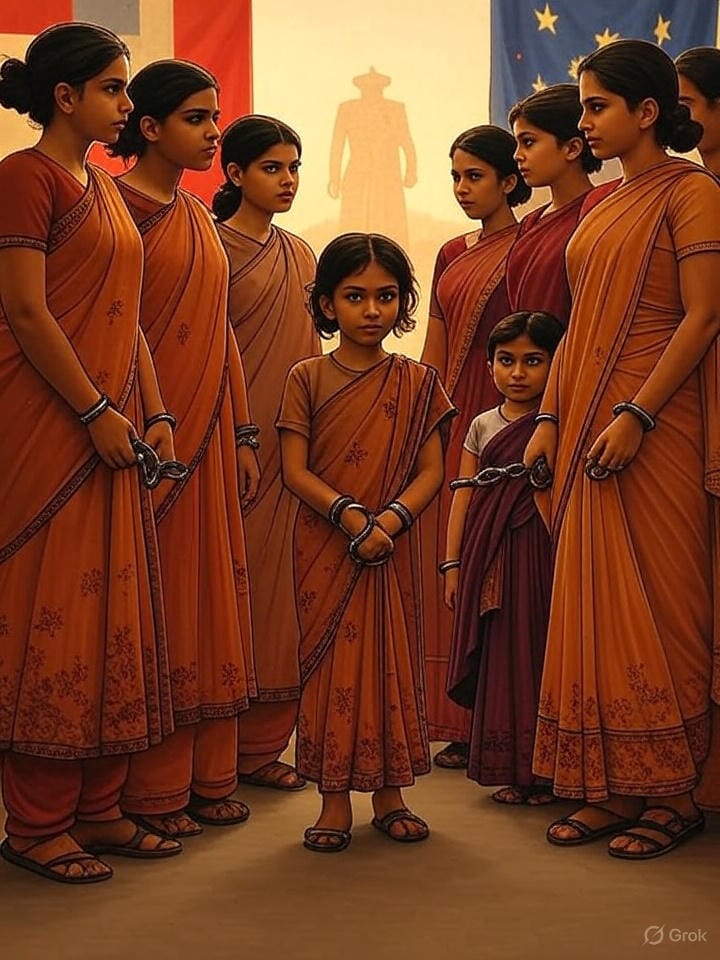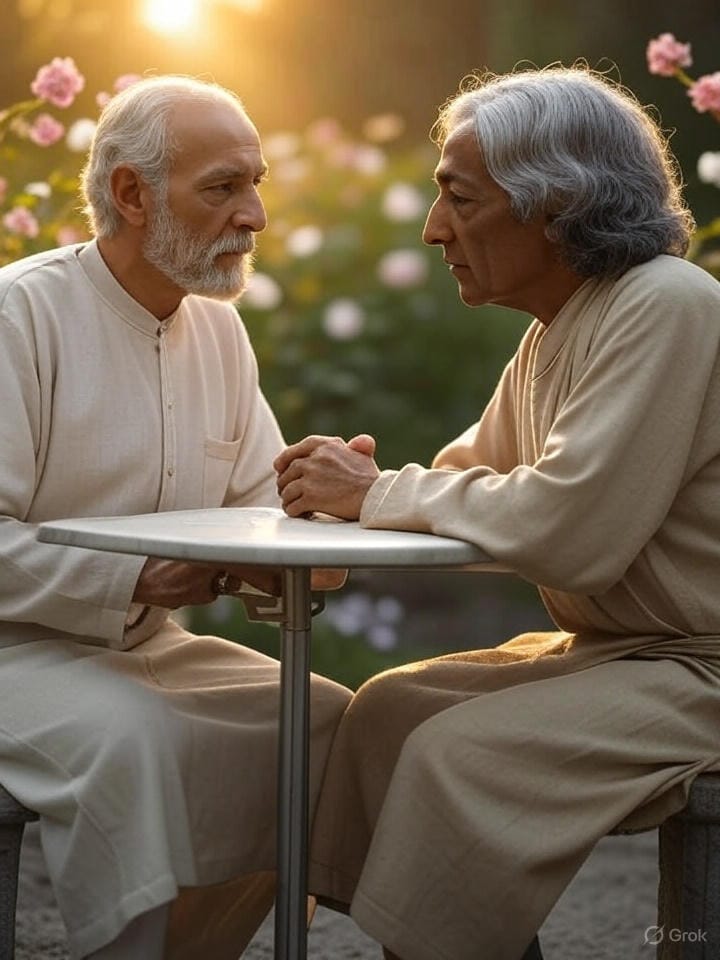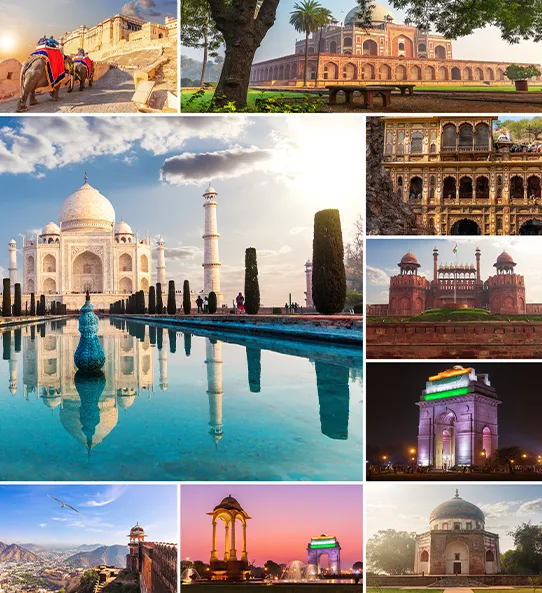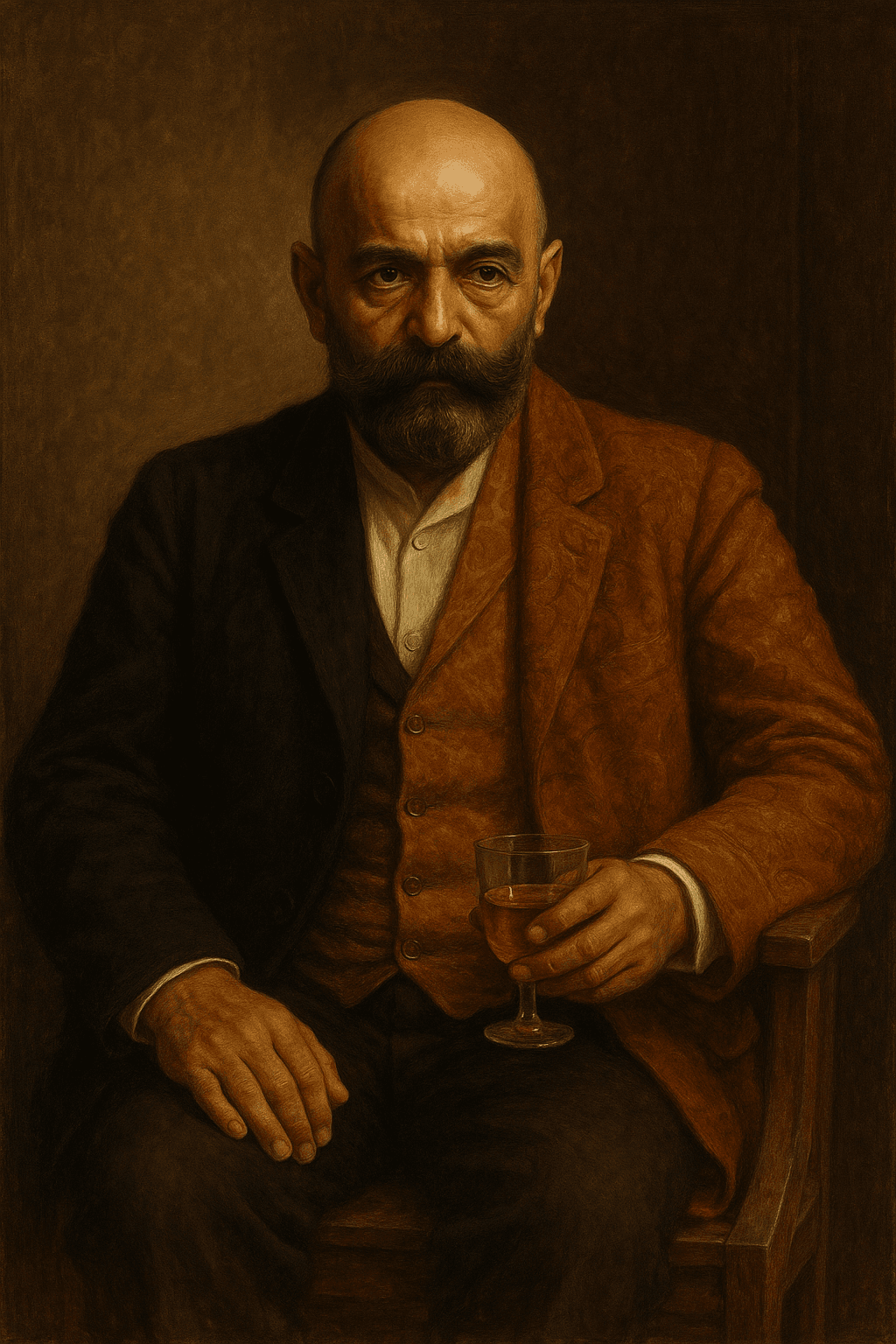Financial Challenges Facing the U.S. Economy in 2025
Introduction
The United States economy in 2025 is navigating a turbulent landscape marked by a soaring national debt, persistent inflation, decelerating growth, and fiscal strains at both federal and state levels. These challenges, exacerbated by policy uncertainties such as expiring tax provisions and trade disruptions, threaten long-term economic stability. Drawing on recent economic data, this article explores the key financial hurdles and proposes specific, actionable solutions to address them, emphasizing the need for decisive policy reforms to ensure resilience.
The Escalating National Debt Crisis
The U.S. national debt has surged past $36 trillion as of June 2025, comprising public debt (Treasury securities held by individuals, corporations, and foreign entities) and intragovernmental debt (owed to federal trust funds like Social Security and Medicare). Interest payments on this debt exceeded $1 trillion in the last fiscal year, a figure projected to rise in 2025 due to higher interest rates and growing debt levels. According to the Congressional Budget Office (CBO), interest costs could consume nearly 20% of federal revenues by 2030 if current trends persist, crowding out funding for critical programs like infrastructure, education, and defense.
The federal budget deficit, which reached $1.4 trillion in the first eight months of fiscal year 2025, is on track to hit $1.9 trillion for the full year. This persistent shortfall reflects a structural imbalance between spending and revenues, driven partly by entitlement programs and discretionary spending. The reinstatement of the debt ceiling at $36.1 trillion on January 2, 2025, has forced the Treasury to rely on “extraordinary measures” to avoid default, but these are stopgap solutions. A failure to raise or reform the debt ceiling could trigger a catastrophic default, undermining global confidence in U.S. financial markets.
Key fiscal deadlines loom, including the expiration of the 2017 Tax Cuts and Jobs Act (TCJA) provisions and enhanced Obamacare subsidies at the end of 2025. These expirations could reduce federal revenues by an estimated $400 billion annually (per CBO projections) if not extended, or increase deficits if extended without offsets. To address this, policymakers could:
- Implement a Bipartisan Debt Commission: Establish a commission to propose a balanced mix of spending cuts and revenue increases, targeting a debt-to-GDP ratio reduction to 90% by 2035.
- Reform Entitlements: Gradually adjust Social Security and Medicare eligibility ages and benefits structures to reflect longer life expectancies, saving an estimated $1.2 trillion over a decade (CBO).
Persistent Inflation and Monetary Policy Challenges
Inflation remains a stubborn challenge, with headline inflation at 2.4% and core inflation at 2.8% in May 2025, both exceeding the Federal Reserve’s 2% target. Core PCE inflation, a key Fed metric, is projected to rise to 3.6% by Q4 2025, driven by new tariffs—50% on Chinese imports and 20% on EU goods—that have increased input costs for manufacturers and retailers. These costs are often passed to consumers, eroding purchasing power. For example, the price of imported electronics has risen by 8% since tariff implementation, per the Bureau of Labor Statistics (BLS).
The labor market, while resilient at a 4.2% unemployment rate, shows signs of cooling, with monthly job gains slowing to under 150,000 in mid-2025 and projections of unemployment rising to 4.6–4.8% by year-end. Labor force participation remains below pre-pandemic levels, with 8 million job openings against 6.8 million unemployed workers, limiting the economy’s capacity to tame inflation without further tightening. The Federal Reserve’s high interest rates (currently at 4.75–5%) have curbed demand but risk tipping the economy into recession.
To address inflation, the Federal Reserve could:
- Gradual Rate Cuts: Lower the federal funds rate by 25 basis points in Q4 2025, provided inflation trends toward 2%, to stimulate investment without reigniting price pressures.
- Enhance Forward Guidance: Clearly communicate inflation targets and timelines to stabilize market expectations, reducing volatility.
Economic Growth Slowdown and Consumer Fatigue
Real GDP growth has faltered, contracting by 0.5% in Q1 2025 after a 2.4% increase in Q4 2024. Forecasts project growth of 1.1–1.5% by year-end, reflecting weakened consumer spending, which accounts for over two-thirds of GDP. Retail sales fell 0.9% in May 2025, and personal consumption expenditures dropped 0.1%, signaling a shift toward frugality amid rising costs and tariff-driven price hikes. For instance, grocery prices have risen 3.2% year-over-year, per BLS data, straining household budgets.
The labor market’s slowdown, coupled with policy uncertainty around tariffs and TCJA expirations, has dampened business confidence. Tariffs have disrupted supply chains, increasing costs for industries like automotive and technology by 10–15%, according to the National Association of Manufacturers. Housing affordability remains a constraint, with median home prices 40% above pre-pandemic levels, limiting construction and related economic activity.
To stimulate growth, policymakers could:
- Extend TCJA Provisions Selectively: Maintain tax cuts for middle-income households and small businesses, costing $200 billion over a decade, to boost consumption and investment.
- Invest in Infrastructure: Allocate $500 billion over five years for transportation, broadband, and clean energy projects, creating 2 million jobs by 2030 (per American Society of Civil Engineers estimates).
State-Level Fiscal Pressures
States face significant fiscal challenges as pandemic-era federal aid has largely expired and revenues stagnate. Budget gaps in states like California and New York exceed $20 billion each, driven by reliance on volatile income tax revenues and prior spending increases. Expected federal cuts, particularly to Medicaid (which accounts for 25% of state budgets on average), could deepen these gaps. For example, a 10% reduction in federal Medicaid funding could force states to cut services or raise taxes, further straining local economies.
States could:
- Diversify Revenue Streams: Implement consumption-based taxes, such as expanded sales taxes on services, to reduce reliance on income taxes.
- Regional Collaboration: Form interstate compacts to share costs for infrastructure and healthcare, mitigating the impact of federal cuts.
Overcoming Political Barriers
The proposed reforms face significant hurdles due to political polarization. Policymakers often prioritize short-term electoral gains over long-term economic stability, delaying action on debt, inflation, and growth. For instance, debates over TCJA extensions have stalled in Congress, with partisan disagreements over funding offsets. To break this gridlock:
- Public Awareness Campaigns: Educate voters on the long-term costs of inaction, using platforms like X to amplify evidence-based policy discussions.
- Bipartisan Task Forces: Create cross-party working groups to negotiate compromises on tax and spending reforms, building on successful models like the 2010 Simpson-Bowles Commission.
Conclusion
The U.S. economy in 2025 faces a daunting array of financial challenges: a $36 trillion national debt, inflation above target, a growth slowdown, and state-level fiscal strains. Policy uncertainties, including tariffs and expiring tax provisions, amplify these issues, while consumer fatigue and a cooling labor market dampen momentum. Specific reforms—such as a bipartisan debt commission, selective TCJA extensions, infrastructure investments, and labor market incentives—offer a path forward. However, success depends on overcoming political inertia to prioritize long-term stability. By implementing these targeted measures, the U.S. can navigate this turbulent period and build a foundation for sustained economic resilience.
See also: Similarities Between Pakistan and USA









